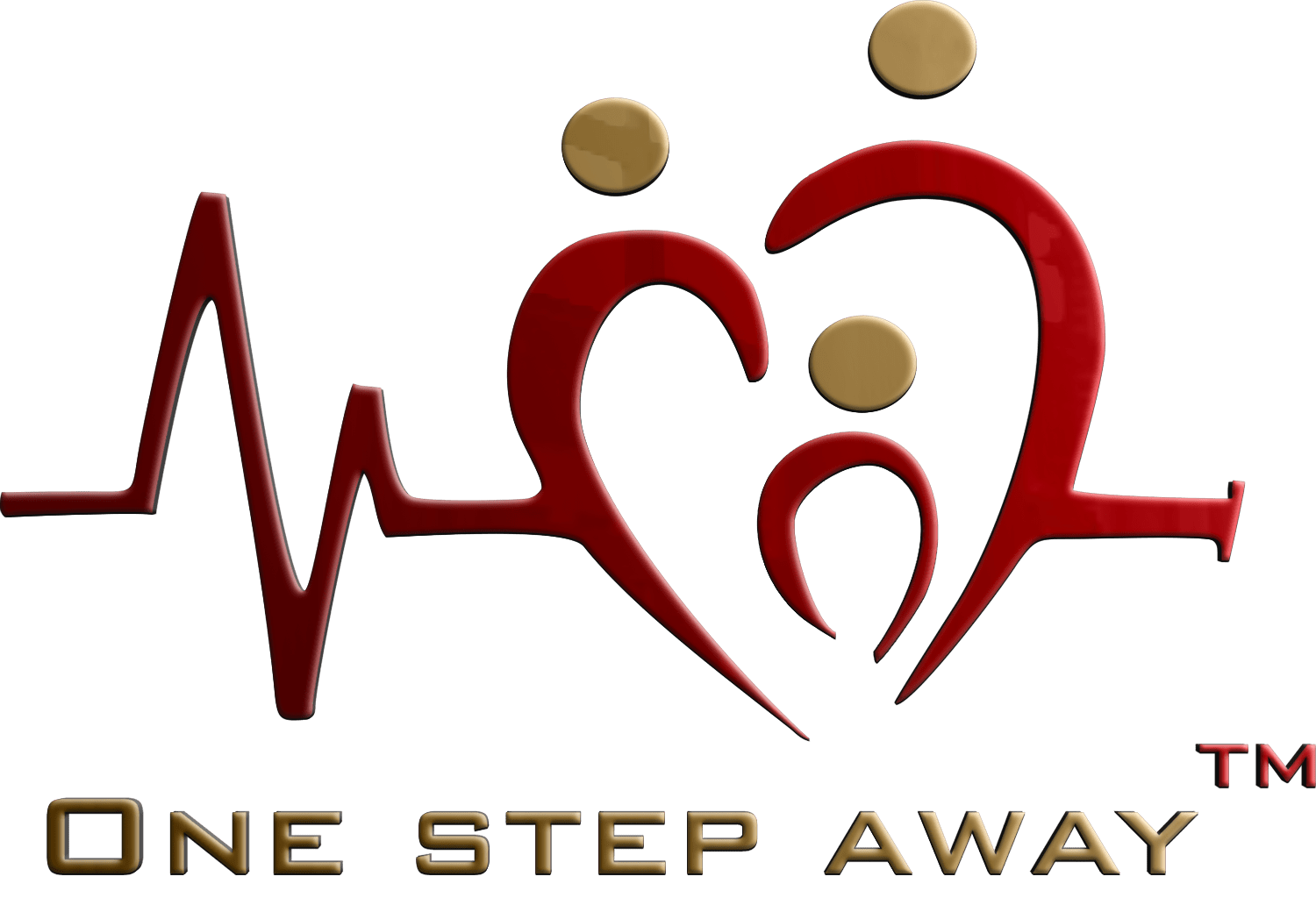Dr. Charanjit Kaur is a consultant of obstetrician and gynecologists' and a
- 7 Bala ji Plaza Grover Market Hisar, Haryana, India 125001
About Dr Charanjeet Kaur:
Hospital: AMRITDHARA my Hospital
City: Karnal
Qualification: M.B.B.S.,D.G.O., M.R.C.O.G.,
Dr. Charanjit Kaur is a consultant of obstetrician and gynecologists' and a fertility & ivf specialist AT AMRITDHARA My hospital. She passed her MBBS from BARODA Medical Collage & D G O from NAGPUR University, she passed her MRCOG from Royal College of Obstetricians and Gynecologists' London. She has worked at various reputed Hospital and has a rich clinical experience and main focus is treatment of childless couples with personal care. She firmly believes in ethical practices and complete transparency.
Services
What is Assisted Reproductive Technology (ART) Any medical technique that attempts to obtain a pregnancy by means other than by intercourse is defined as Assisted Reproductive Technology. The various methods are: Intra Uterine Insemination (IUI): IUI or AIH (Artificial Insemination Husband) is the first line of treatment in Infertility and can be used to treat both male and female factor causing infertility. In this method, the processed semen ( Containing Isolated Quality Sperm ) is placed directly in the uterus, thereby increasing the chances of pregnancy. IUI can be done in a natural cycle, however to get better results, it is usually preceded by ovulation induction/Ovarian stimulation using appropriate fertility enhancing drugs. Its main indications are poor sperm count in males and unexplained infertility. This procedure is useful only when at least one of the fallopian tubes is patent and the woman has a minimal ovarian reserve. This process is also used for using donor sperms, when its called AID (Artificial Insemination Donor), when the male partener has total azoospermia or severe Oligozzospermia, which is not treatable and ICSI is not possible/affordable. In Vitro Fertilization (IVF) and Embryo Transfer (ET): Commonly known as ‘Test Tube Baby’ IVF involves fertilization of an ovum with sperm outside the body and consequently transfer of the fertilized ovum (embryo) into the uterus of the woman. IVF is probably the most widely practiced assisted conception procedure in the world. It is totally an OPD procedure and does not need admission at any step. Its main indications are: Blocked Fallopian Tubes Poor Sperm Count (Oligo or Asthenozoospermia <5million/ml) Endometriosis Unexplained Infertility Premature Ovarian failure Genetic disease in the couple’s family Steps involved in IVF Procedure: FIRST VISIT- Counselling of the couple regarding the procedure,the best treament suitable for them, the protocols and their chances of success. PRELIMINARY INVESTIGATIONS- Blood tests, X-ray, ECG, Hormone tests, Ultrasound, Hysteroscopy and Semen tests. Final PROCESS OF IVF: Ovarian stimulation by hormonal injections to produce multiple eggs Monitoring of the response by ultrasound scans and blood tests Egg retrieval with the help of a needle under local/general anesthesia Fertilization of the eggs in laboratory Transfer of the resulting embryo(s) into the uterus of the woman Blood test performed 15 days after embryo transfer, to assess the establishment of pregnancy. If the treatment procedure is successful, one or more of the embryos will implant in the uterus and pregnancy will result, just as it happens in the natural process of conception. Intra Cytoplasmic Sperm Injection (ICSI): ICSI is the technological breakthrough in the field of IVF, which is used to overcome the inability of sperm to fertilize an egg. Its main indications include obstructive azoospermia, severe oligozoospermia & failed IVF. In this technique a sperm is directly injected into the cytoplasm of an egg in order to achieve fertilization. The steps involved in ICSI procedure are exactly the same as for IVF, except that fertilization is achieved with the help of a micromanipulator. In some cases where there is a complete absence of sperm in the ejaculate, sperm can be retrieved from the testis / epididymis and used for ICSI. The testicular/epididymal sperm retrieval techniques are: PESA (Percutaneous Epididymal Sperm Aspiration), MESA (Microsurgical Epididymal Sperm Aspiration), TESA (Testicular Sperm Aspiration), TESE ((Testicular Sperm Extraction). In case of non obstructive azoospermic we can use donor semen procured from ART Cryobank after patient’s consent. IVF using Donor Oocyte (Eggs): Women who are unable to produce their own eggs or whose eggs fail to fertilize during an IVF cycle due to poor Oocyte quality, can be helped by using other women’s eggs (Donor Oocyte). The resulting embryo is then transferred to mother’s womb. This allows the woman to bear her husband’s child and also experience the joys of motherhood. The eggs may be obtained either from a professional donor (from ART banks) or by using the egg sharing program. EMBRYO DONATION; It is the replacement of donor embryos in the uterus of the wife of desirous couple, when both of them are suffering from poor eggs and sperm quality. SURROGACY: When the uterus of the woman is unable to carry the pregnancy till term because of reasons like infections, malformations, multiple myomas or absence or surgical removal of the uterus, we can offfer the option of Surrogacy to such couples. Only Altruistic surrogacy is being practiced these days. Assisted Hatching: This procedure is based on the fact that an alternation in the zona pellucida (outer covering of the egg) either by drilling a hole through it or by thinning it, will promote hatching or implantation of embryos that are otherwise unable to escape from the intact
